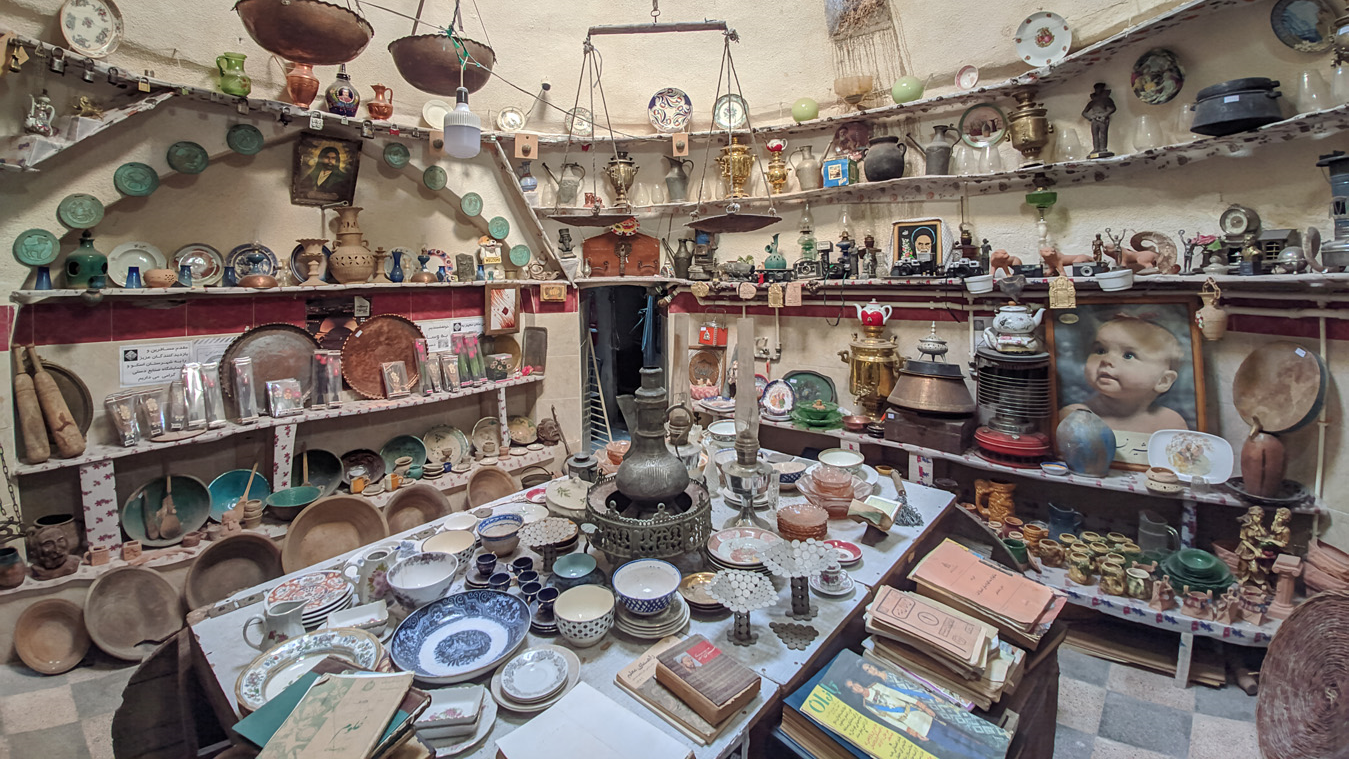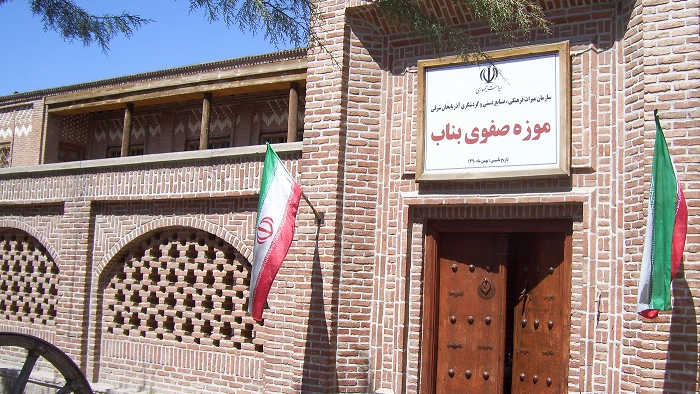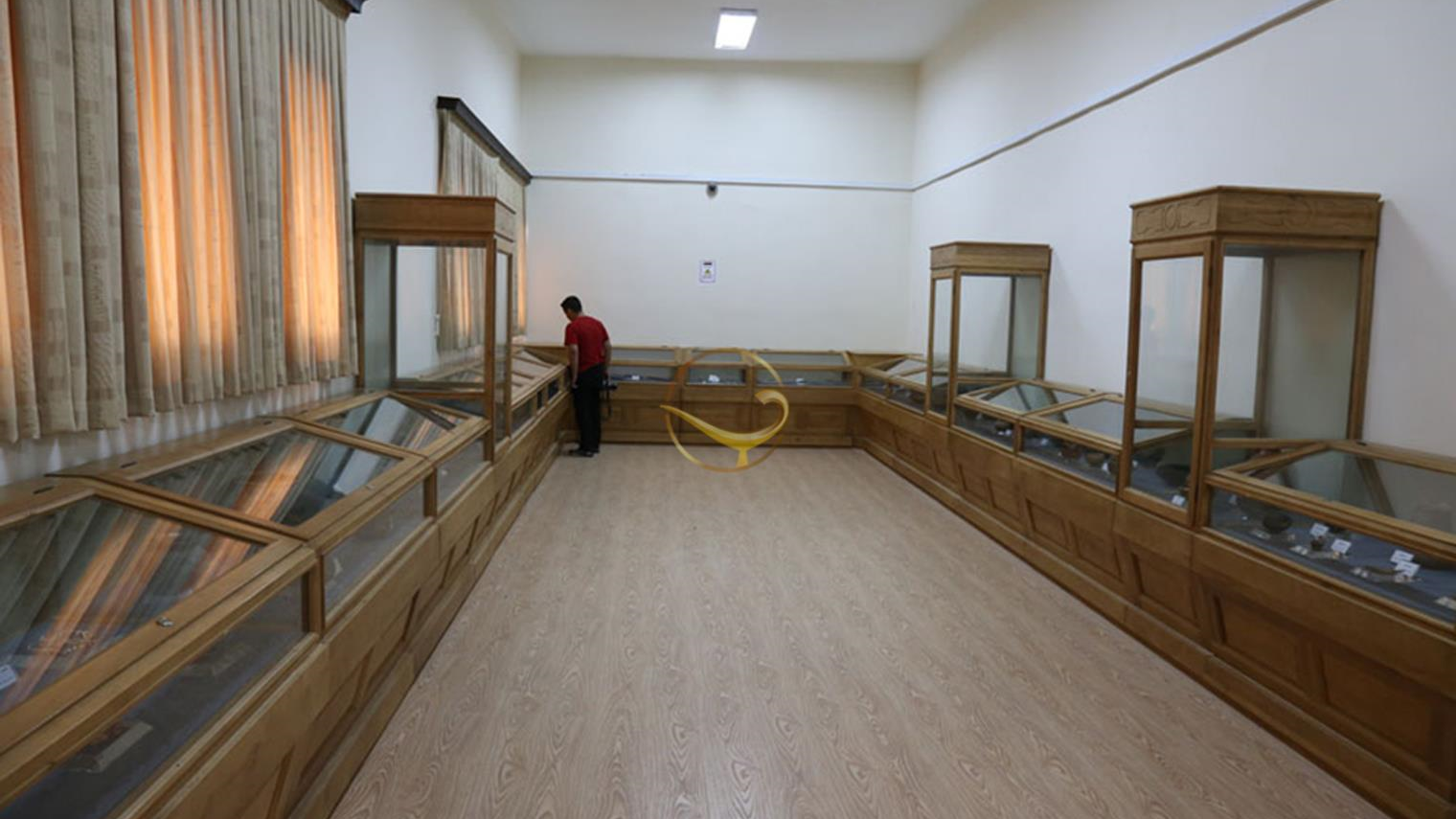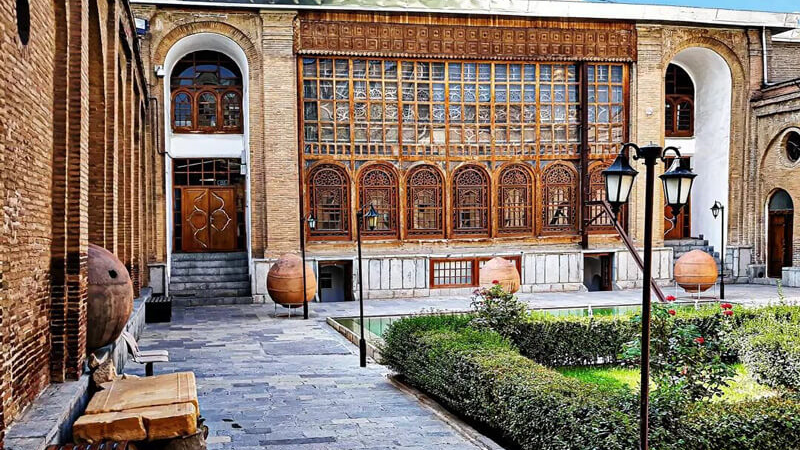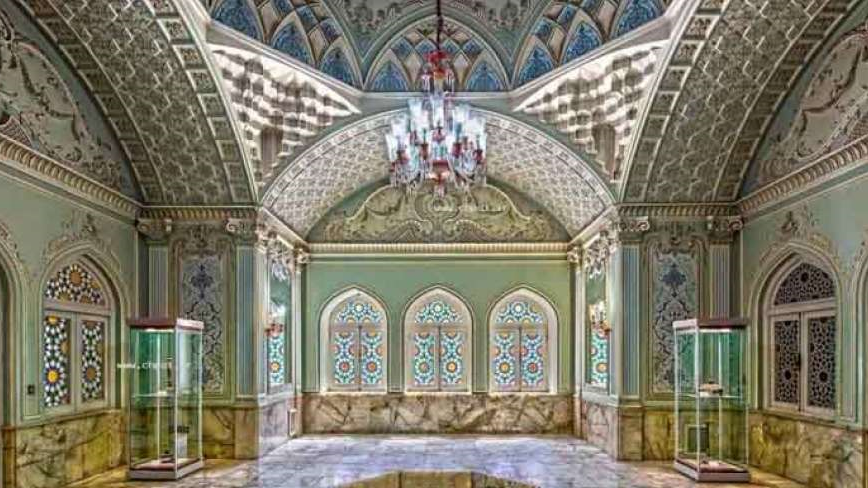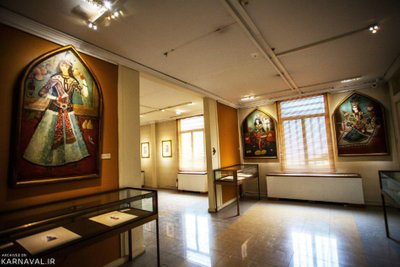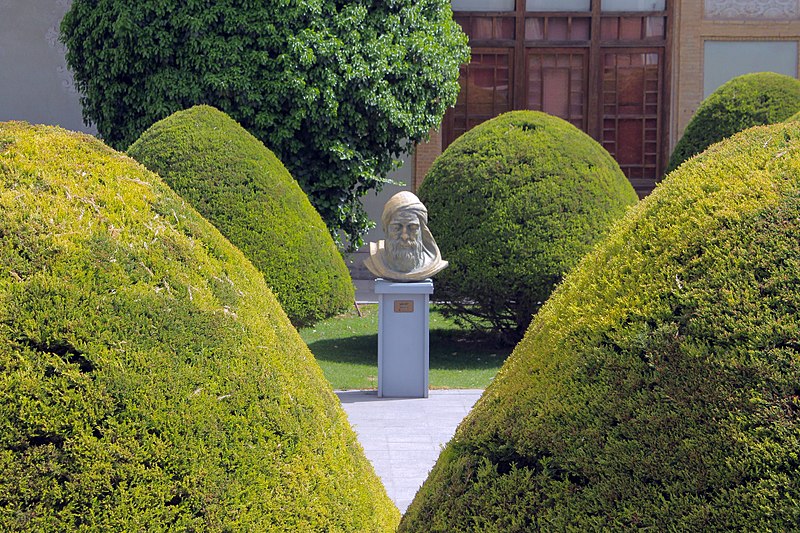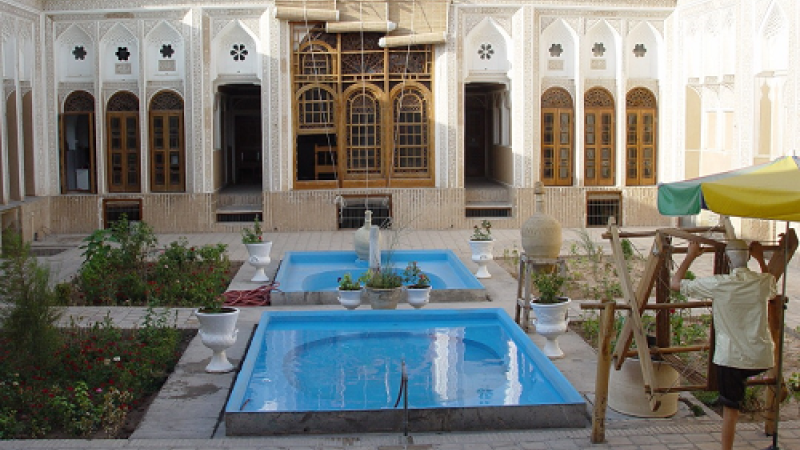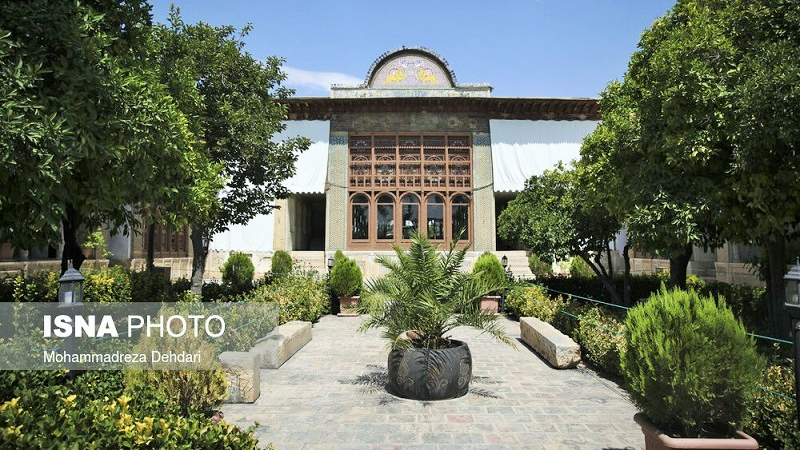
Gilan’s Museum of Rural Heritage
Gilan’s Museum of Rural Heritage is a complex located in an area of 263 hectares. This museum is a part of Saravan Forest Park. It is considered an eco-museum, the main purpose of which is to display the natural and cultural attractions of the local and rural community of Gilan in a space that matches the rural environment of Gilan as much as possible.
History of Gilan’s Museum of Rural Heritage
Following the earthquake that occurred in 1990 AD and destroyed some villages of Gilan Province, a plan was proposed to construct buildings similar to rural houses in Gilan. In addition to building houses and displaying their original architecture, this plan would also make it possible to display the lifestyle, tools and equipment used by the people of the province. The initial studies for the construction of Gilan’s Museum of Rural Heritage began in the year 2002 AD, and by launching a workshop with the subject title of “Architecture of the Plain of East Sepidrud” in 2005 AD, the first steps were taken to found this museum. The first phase of the museum was inaugurated in 2006 AD, and sometime later, the topographic features of Saravan Forest Park caught the attention of the research group for the establishment of the intended museum in this park. Eventually, the location of the museum was moved to this forest park, and the process of making models of the rural architecture of Gilan province started by sending research groups to different villages and identifying important buildings. The buildings that are now visible to visitors in Gilan’s Museum of Rural Heritage were selected from different villages of the province and rebuilt in the same original form. This difficult and precise plan won second place among more than 610 plans in the 21st Khwarazmi Science Festival of Iran, which was held in 2007 AD.
Different Sections and Features of Gilan’s Museum of Rural Heritage
The total area of Saravan Forest Park is 1480 hectares, of which 263 hectares have been allocated to Gilan’s Museum of Rural Heritage, which is one of the most visited museums of Iran every year. The residential buildings of different areas of Gilan have been simulated in the different parts of the museum. This move has taken place with the least possible changes and is the most important feature of Gilan’s Museum of Rural Heritage, which familiarises the visitor with the life of the rural people of Gilan Province from the closest possible distance. In addition, the great intellectual heritage of the people of Gilan Province is also preserved in this museum. The age of some of the houses that have been rearranged in Gilan’s Museum of Rural Heritage is more than 150 years.
Efforts have been made to display the cultural elements and lifestyle characteristics of the residents of the villages of Gilan Province in this museum. Therefore, the tools for cooking food, producing clothes, and doing daily tasks are on display in every place of the house. A mini bazaar has also been created to supply handicrafts of Gilan province. In general, the museum has 9 sections, which are:
Eastern Plain
In this section, buildings such as the Chencho, Mirsiar, Montazeri, and Rafiei houses that were built in the plain regions east of Sepidroud are displayed. Spaces including vegetable and summer fruit gardens, a rice godown, a stable, a place for breeding silkworms, a mosque, and a tea house are also simulated in this part of the museum.
Western Plain
West Gilan Plain includes areas from Shaft to Astara counties. In the west of Gilan, buildings are built with walls and sloping roofs made of rice stalks. The main activity of the people of West Gilan is cattle breeding, cultivation and processing of rice and tea. This issue has been reflected in the structure of buildings in a special way. The houses of Mousazadeh, Haqiqati, Mahmoudi, Mousavi, Hassni, and Mohtasham-talab are placed in this section. A rice godown, a stable, a chicken and poultry nest, a water well, and a washroom are also side spaces of this section.
Central Plain
The houses of Amini, Moradi, Bialva, Danesh, and Sadeghi can be seen in this part of the museum, along with spaces such as rice storage, barn, chicken nest, school, coffee house, blacksmith workshop, and paddy field. Due to the occurrence of heavy and long rains in this area of Gilan, reeds and rice stalks are used to cover the roofs of buildings. In some houses, in addition to using tree branches and trunks, cob is also used. The presence of these materials has caused these houses to be called “Zagali” or “Zagmei”.
Eastern Mountain
In this part of Gilan province, houses are built using stone walls covered with tree branches. The houses of Mohammadnejad and Mohsenian are the buildings of this section. The main activity of the people of these areas is animal husbandry.
Western Mountains
Hojatpour House is located in this part of the museum, and next to it, an oven for baking bread and a Chicken nest can also be seen. The houses in the mountainous areas west of Gilan are built with walls covered with tree branches and roofs covered with straw.
Eastern Foothill
The houses of Behzadi, Jame’, and Rostami can be visited in this part of the museum. The houses in the eastern foothills are similar to the houses in the eastern plains of Sepidrud.
Western Foothills
Rahmani, Tarafi, and Lotfi houses with wooden skeletons, stone foundations, and sloping roofs are located in this section.
Eastern Coast
Mousavi House is the only one located in this part of the museum. The architecture of the houses in this part of the province is similar to that of the eastern plain of Sepidrud.
Western Coast
In this section, only the Asefi house can be seen.
Anthropological Feature of Gilan’s Museum of Rural Heritage
Some local games and performances, including “Guli Bride”, “Gilemardi Wrestling”, and “Lafandbazi” have been introduced in Gilan’s Museum of Rural Heritage. Guli Bride is a Nowruz show that is performed in the villages from the second half of the Iranian month of Esfand, coinciding with early March. Gilemerdi Wrestling is also an old martial competition that was performed during Nowruz time and at weddings. In addition, this competition is held in some villages from June to the end of September, and the wrestler who falls to the ground or whose hands come into contact with the ground loses the match. Lafandbazi is also a special and ancient way of string playing, in which various techniques and arts are used. Lafandbazi performance is more popular in the middle of summer, early autumn, and Nowruz.
Where is the Gilan Rural Heritage Museum located?
To see Gilan’s Museum of Rural Heritage, one must go to Saravan Forest Park. This park is located on the 18th kilometer of the Saravan-Shaft Road. Due to its importance, this museum was inscribed on the list of Iran’s national heritage in 2007.
| Name | Gilan’s Museum of Rural Heritage |
| Country | Iran |
| State | Gilan |
| City | Rasht |
| Type | Historical |
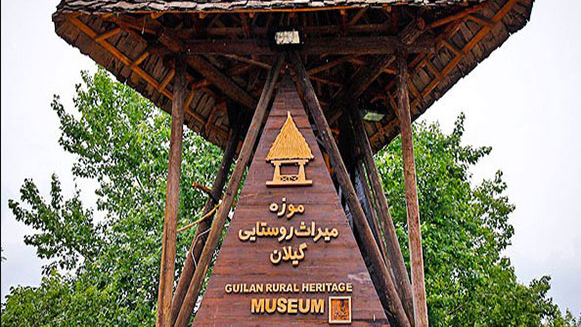
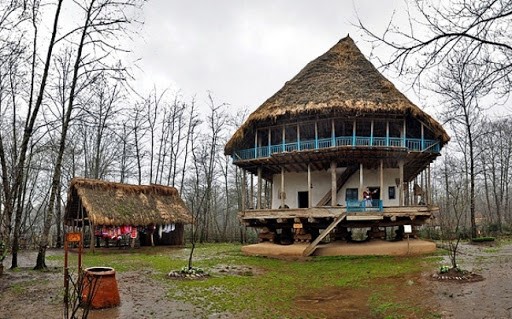
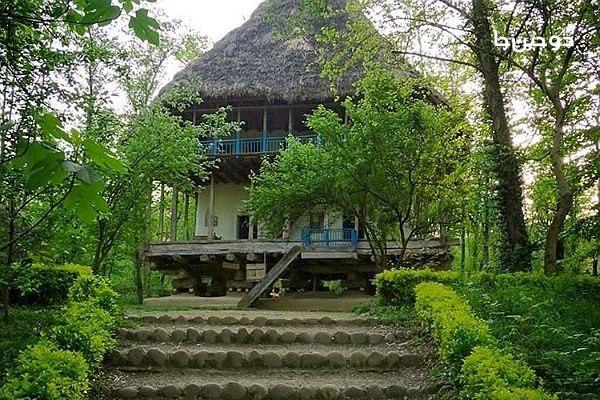
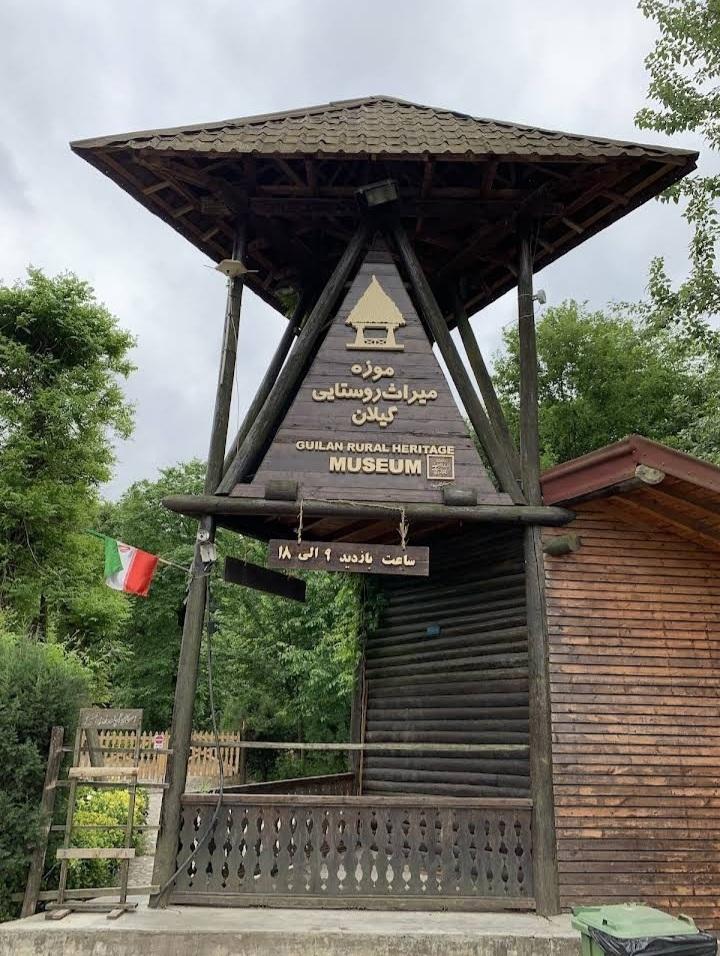




Choose blindless
Red blindless Green blindless Blue blindless Red hard to see Green hard to see Blue hard to see Monochrome Special MonochromeFont size change:
Change word spacing:
Change line height:
Change mouse type:

